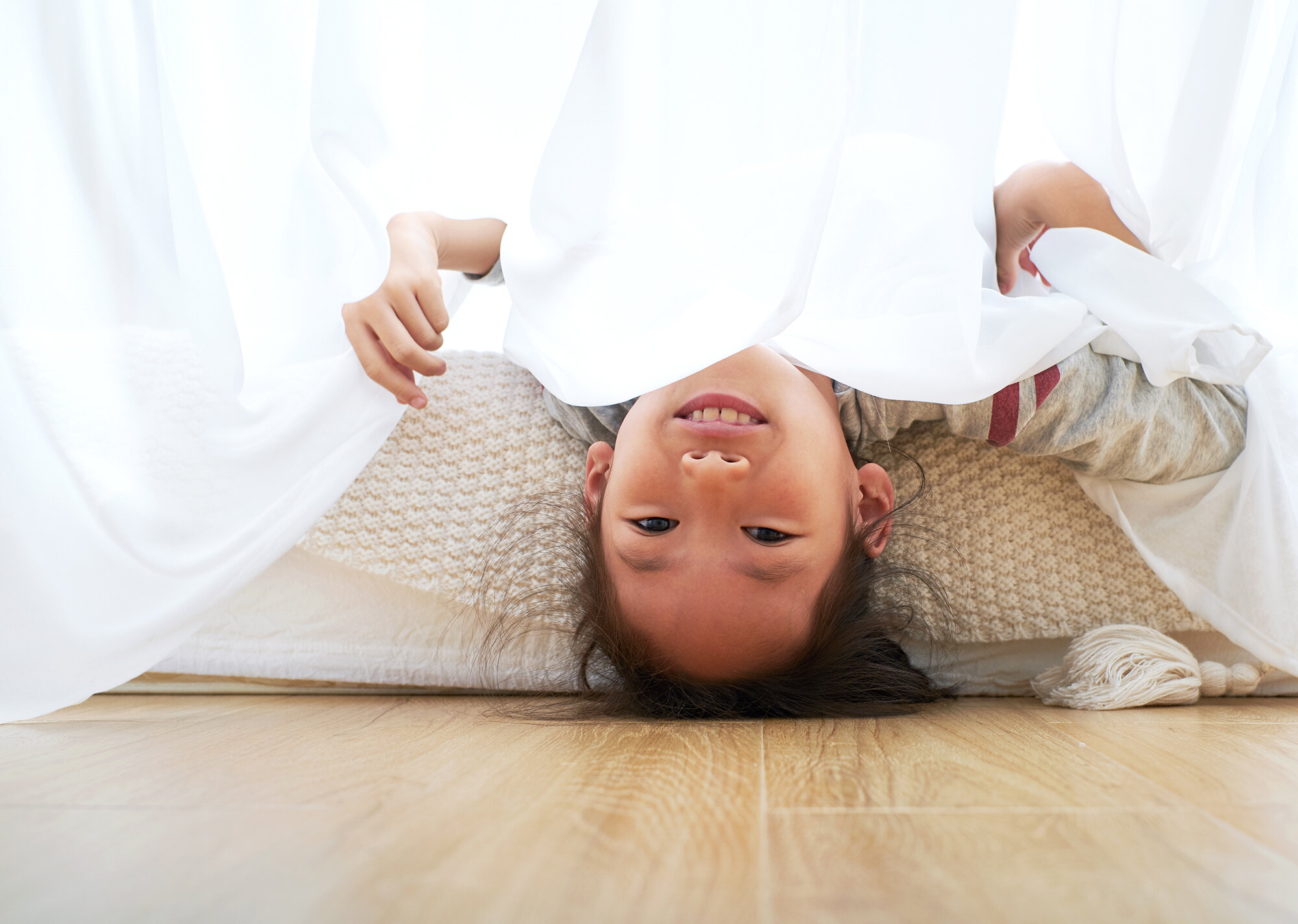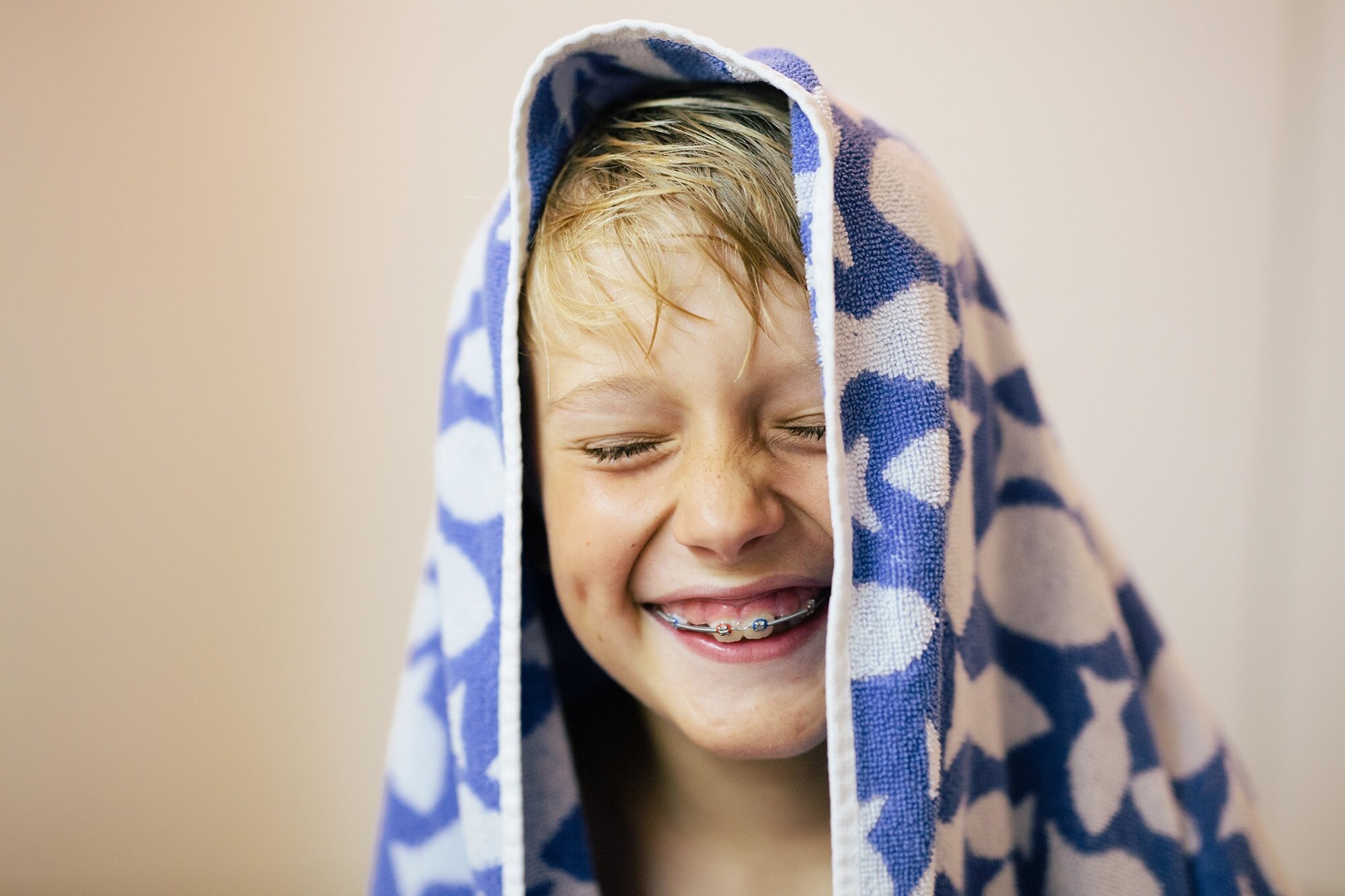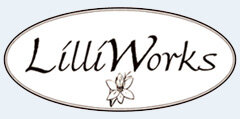Welcome to Active Learning
Let the learning adventure begin!
Dr. Lilli Nielsen
With four blind siblings, Dr. Nielsen, PhD, had a unique perspective on vision and multiple disabilities during her 40+ year career. She traveled the world giving hundreds of lectures and trainings on Active Learning.
She was a special education advisor from 1967-96 for the Refsnaesskolen, National Institute for Blind and Partially Sighted Children and Youth in Denmark. She was a preschool teacher and psychologist, with her PhD thesis on spatial relations of congenitally blind infants.
When she retired from Refsnaesskolen she got the finest recommendation you can ever get in Denmark. The Queen of Denmark knighted Lilli by giving her the decoration of The Knight of the Dannebrog, a very exclusive award.
She has authored many professional articles and books on challenged learners, including:
Space and Self
Spatial Relations in Congenitally Blind Infants
Are You Blind?
Educational Approaches
Visual Impairment – Understanding Needs of Young Children
The Comprehending Hand and
Early Learning Step By Step
Functional Scheme: Final Skills Assessment
The FIELA Curriculum – 730 Learning Environments
All of Dr. Nielsen’s books are available from LilliWorks.
She lectured and consulted throughout the world, and was considered the top expert in education of children with multiple disabilities.
Note: Dr. Nielsen also recommends:
Visual Impairment – Understanding Needs of Young Children by Dr. Johan van der Poel, a friend and colleague. Also available from Vision Associates.
10 Basic Principles of Active Learning
These are not the only “10 Basic Principles” but they give a good idea of what Active Learning is about. The role of the adult is a facilitator, providing the environment, making sure toys are accessible to the learner’s hands and feet, and not involved in the act of playing until the end or invited.
1. Every One Can Learn
Lilli has met a very few learners that could not learn – they were dying. Unless impacted by survival, every child and older learner can learn. It is up to the parent, therapist or educator to keep finding the right situation/environment with enough support, responsiveness and interest to engage the learner.
2. Active Learning is Hands Off
Challenged learners often act passive and are treated as passive (everything is done for them). Active Learning involves creating supportive and responsive environments that are tuned to entice a learner to become active. When Lilli realized that blind and disabled learners often resisted any “guided hands” approach, she set about to create environments and situations that would increase a learner’s inclination to explore on their own. This means the “teacher” must disengage and not talk nor prompt until the activity is concluded. Kids learn through repetition (see #8)- don’t interrupt them.
3. Auditory and Tactile Primacy
Learners with vision impairments and neurological deficits rely upon hearing as a primary sense. Vision tends to be secondary, owing to control and processing difficulties. Tactile sense is also a prominent sense.
4. Responsive Environment, Short Sessions
The environment should provide excellent auditory and tactile feedback (not just stimulation). Use of the Resonance Board provides key vibratory input. The Essef Board provides optimal reaction to leg movements. The Little Room provides a warm inviting echo and exploration chamber. As Lilli says, “if the child cannot go to the room, the room must come to the child.” Many short sessions are better than one long one, especially when first using an environment.
5. Mix Variety and Constancy, Provide Comparisons
As anyone does, a learner benefits from moderated variety. That is, don’t change everything every time, but provide enough variation so that the environment has interest. Also, provide “alike but different” objects to invite comparison. Cycling through a large inventory of objects/toys allows for a rich, constantly interesting environment. Change some of the objects whenever the learner shows habituation to the objects available.
6. Work up to Weight Bearing
Given the discomfort of bearing weight, provide support until the learner has some control, and slowing increase the weight load. The Support Bench and HOPSA Dress are used to control weight on the legs. Start with no weight, toes barely touching.
7. Emotional Development Involves Mastery
It’s that smile of accomplishing something, doing something to their environment, rather than the environment doing it to them that fosters a critical step in emotional development. Related to the Active vs. Passive learning, that “ see what I can do” smile is a crucial goal.
8. Learning is by Repetition – Allow to fail
Kids learn by repetition. They must do something over and over to invoke memory and get the variations to make sense. Therefore, allowing them to have negative results without intervention (e.g. without moving an object into their hand as they miss on a reach) is as important as not interrupting with any cheerleading.
9. Talk and Reward at the End of Play
At the end of play is the time for the adult input, the language and commentary to describe what the learner was doing, and to positively reinforce their activity. Point at and jiggle the objects and talk about what they did. Ask questions and use short sentences. When a learner is ready and can engage in turn-taking games, then a new level has been achieved.
10. Limit Input, Wait for Response
As a general principle, remember that neurologically impacted learners usually need more time to take in, process and assemble a response. If you ask a question, remain quiet as long as possible before asking something again, and try not to supply their answer without some sign. This is always subject to judgment, as after a while the question may be forgotten. Repeat using the exact same words, so additional processing to understand new input is not needed.
Active Learning is an approach shown to reach learners with the most severe disabilities, including cerebral palsy, deaf blindness and developmental delay. LilliWorks is a non-profit foundation dedicated to the Active Learning principle that “Everyone Can Learn”.

3 Years of Texas Active Learning
Mary Scott of Texas:
My statewide group of education specialists at the 20 service centers have been conducting a project of the past few years around Active Learning. We created 60 teams and provided them with the Functional Scheme Assessment and the FEILA Curriculum. They were asked to identify targeted students, do the FSA for gross and fine motor skills, and begin using the curriculum. WE also brought them all together for 3 days in January to hear Lilli Nielson present on Active Learning. Many of these teams, with the support of their service centers began purchasing active learning equipment (from LilliWorks).
We continued to support these teams with tele-conferences on active learning over the next couple years. We brought in Patty Obzrut from Penrickton School in Michigan and she did a full day tele-conference for our teams. Many of our teams shared their success and methods with others in their regions through in-service trainings that they did or participated in. Many service centers conducted various trainings to support this approach.
We have just concluded this project and I wanted to share some of the data and success stories with you both. As with projects of this sort, we have lost teams and students along the way. Many of these students changed classroom, teachers changed, some students passed away, so our numbers in the project have declined dramatically. Hope you find this information helpful in your continuing work support Active Learning materials. Please find the data and notes attached.
Mary Scott ESC
Statewide Leadership Function:
Three Low Incidence Disabilities
Region 3
Education Service Center
1905 Leary Lane
Victoria, Texas 77901
Anecdotal evidence
Jan from Harlingen: Here is our data. I know it doesn’t look like the kids progressed much, but they did! And the others in their class. WOW!
Brenda from Tyler: I think knowing about Active Learning and Cognitive Routines has helped our school tremendously to come up with some very creative TAKS-ALT activities.
Bonnie from San Antonio: I just wanted to thank you for all you did and are doing to get Active Learning into our classrooms and to students across the state. What a huge job, and you have done this so well. I have learned a LOT and will continue using Active Learning strategies throughout my educating career!
Tish at TSBVI: Our targeted student has VI, AU and SI labels and has made nice progress this year in his social/emotional skills. That has been the strongest area of growth for most of the students in the active learning classrooms. Thanks for all the assistance your project has given our school over the years.
Pat from TSBVI: The training provided by the 3 A’s Project has made a huge impact on our programming for our students with visual and multiple impairments who are functioning below developmental levels of 3 – 24 months. Our teachers have worked hard to integrate Active Learning with their previous model, based on the work of Jan van Dijk, Barbara Miles, and Millie Smith. It’s been a challenging but successful endeavor.
Debbie from Amarillo: This has been an invaluable training experience! I was doing some of the activities and strategies that we have covered but wasn’t sure I was doing the right thing. The training we have received validated things I have been doing for years. Our students are showing progress and we are so excited.
Gloria from Fort Bend: Just to let you know. My district has bought into the sensory learning materials for all severe profound students in the district. They will be getting training for all VI, OT, PT, and facilitators in the district. I am really excited that this is happening. It’s taken me two years to get people to look at it and see the benefits.
Gloria from Fort Bend: I wish you could see this little guy. He had over 100 marks on his Little Room recording sheet today. He is making purposeful movement. His teacher and nurse told me that they had been really skeptical about what I had asked them to do (no talking, no rattling of the toys) but like real troopers they listened and did and are SO impressed with what he is doing. They told me today that they really believe what I told them and that he is doing things they had thought he would never do. I just did a CVI Scale on him and compared to this time last year, it is short of amazing. Tim from McAllen: My targeted student is doing much of the same things as before except she is doing them more often and more intensely (she kicks her legs to turn toward the music while in the hopsa dress and turns her head back and forth towards the speaker when she is in between two people having a conversation). She really isn’t doing anything new, but more remarkable she has not regressed. Betty from Humble: I can’t resist bragging about a student. He entered my classroom 2 years ago and did not crawl, stand, or bear weight. Over Christmas break his Mom called me to report that he was walking all over the house. We had seen some of these first steps. He began crawling in our Eggplant swing and walked to the office with the attendance folder daily, first with a walker and then with holding an adult hand. The secret is definitely – EVERYDAY, several times. He has been and continues to one of my best teachers of Active Learning. Thanks, for all you encouragement.
Winning Over The Big Guy
A True Story
A few months after attending Lilli’s 3 A’s of Active learning training in Austin Texas, the Little Rooms we ordered finally arrived. I was excited about giving a homebound student an opportunity for learning as nothing much had been going on for her up to this point. This delightful three year old female was diagnosed as vision impaired with a degenerative disease, severe and profound cognitive disabilities, and other health impairments. Her life up till then had been at home with a full time nurse, with visits from ECI, OT, and PT.
My husband and I assembled a Little Room at home and loaded it onto the truck. I passed by my office, picked up a colleague who also came to the 3A’s training, gathered up my materials and we headed down the road anticipating the wonderful event that was about to take place. We chattered endlessly about the implications for having access to a Little Room would be for B…
Upon our arrival at the home the nurse looked very skeptical and commented it was a very large piece of equipment for such a small house. We went about the business of setting the Room up and hanging the materials. About five minutes passed and Dad arrived home from work. Through the door came a Texas State Trooper, hat, star, gun uniform and all, a really imposing presence. The small living room was crowded at best. He stared at us and Deb explained what I was doing crawling around the floor. He became really quiet and said “your not putting my baby in that box, are you?” (That was my initial reaction twenty years ago when a Little room was first introduced to me.) Deb explained more of the Little Room concepts to him and how it would work for B… He continued to stand at the end of the Little Room and stare at me. He watched every move I made.[ Meanwhile on the floor I am no longer assembling materials but fervently praying!] My hands were shaking and I am now asking the powers that be to please have the child respond to the Little Room somehow, anyhow! The room was ready, Dad was not. Finally we positioned B…on the resonance board and slid the Room over her. Then we waited for what seemed like a week to me, Deb later said it was no time at all.
B… started to explore the objects closest to her with her mouth, then she tried to reach up, all the while she looked and tried to manipulate, pull on the objects with her mouth, tried to relocate them, move them about, and we even think she might have smiled. Dad had tears in his eyes. He then disappeared and came running back with a video camera and a smile and videoed the whole thing! By this time I am now chanting to myself, Thank you Lilli, thank you Lilli! Each time I go back to visit B… has been doing and exploring more.
I had the same experience with the second Little Room which I set up in a classroom. Within ten minutes after the student was placed in the Room all the staff were true believers. I spent time sharing all I have learned on Active Learning with these enthusiastic ladies. We watched the videos, read the books and did our homework. We now have an Active Learning Classroom set on that campus and are constantly adding to it. We have ordered our first Hopsa Dress. We feel truly blessed to have had the opportunity to be trained by Dr. Lilli Nielsen and will continue to use her methods with great results.
– Marth Vincent, Region VIII Education Service Center, Mt. Pleasant Texas




